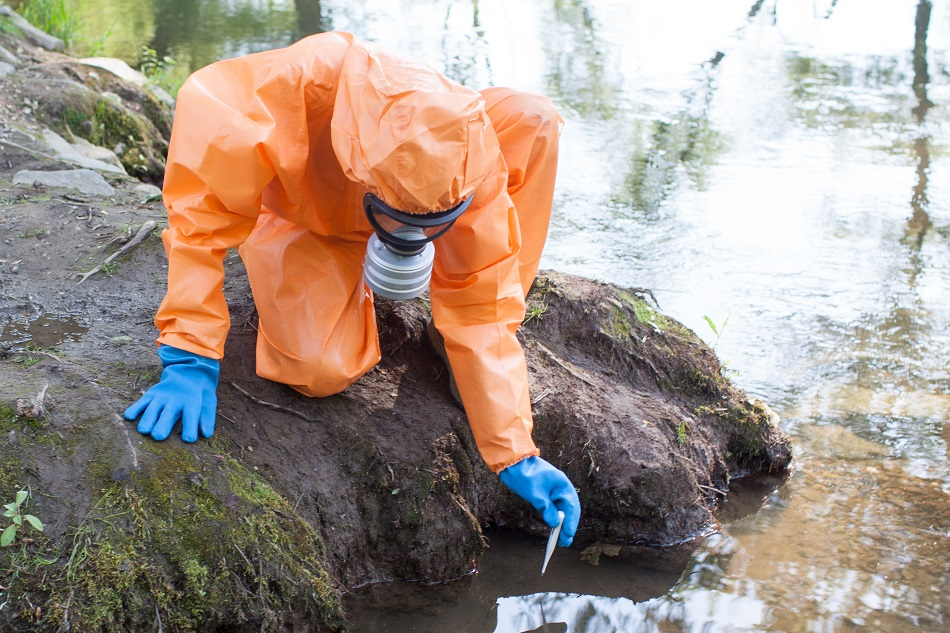Jan 3 2008

Image Credit: Adam Gregor/Shutterstock.com
The intentional or accidental release of contaminants into the environment is an inevitable consequence of human activity. Industrial, mining and even natural processes can cause the release of substances into the air, land, and water which may be harmful to environmental quality.
Also, products such as oil and other petroleum products can result in significant health hazards when they are released. Accidental releases of oil and related products into the environment threaten public health and safety through contamination of drinking water, fire and explosions, diminished air and water quality, destruction of recreational areas, and compromised agriculture.
What is Imaging Spectroscopy?
Imaging Spectroscopy, commonly referred to as hyperspectral remote sensing, is an imaging technique that is capable of identifying materials and objects in the air, land, and water, based on the unique spectral reflectance patterns that result from the interaction of solar energy with the molecular structure of the material. Hyperspectral remote sensing is a relatively new scientific capability within the field of remote sensing and is currently making the transition from purely research and development into commercial applications.
Due to the advancement in sensors and electronic design, hyperspectral remote sensing instruments can collect reflected and emitted electromagnetic energy in hundreds of discrete spectral channels. This allows a near-continuous recording of hundreds of very narrow spectral bands across the reflected and emitted parts of the electromagnetic spectrum.
Theory Behind Hyperspectral Imaging
Hyperspectral imaging and analysis techniques are related to a special class of spectroscopic analysis called reflectance spectroscopy. Reflectance spectroscopy is the study of the intensity of light as a function of the wavelength of light that has been reflected from or scattered by a solid, liquid or gas.
It differs from other spectroscopic techniques in two primary ways. First, the energy is reflected or scattered back to the sensing device rather than looking at more traditional absorption/transmission measurements. Second, reflectance spectroscopy, especially as applied to overhead remote sensing, is limited to the .4 - 2.5 µm range of the electromagnetic spectrum where solar radiation is passed through the atmosphere.
Traditional Multi-Spectral Remote Sensing vs. Hyperspectral Remote Sensing
Traditional multi-spectral remote sensing instruments collect light in a series of discrete and relatively narrow ‘bands’ of wavelengths. In hyperspectral imaging, rather than just collecting targeted subsets of wavelengths, a continuous range of wavelengths is collected with good energy resolution. Further development is the Ultra-Spectral Remote, which has even higher spectral resolutions.
Most materials on the surface of the earth contain characteristic absorption and reflectance features based on their molecular structure. These absorption and reflectance features can be identified through the unique spectral trace, or spectrum, of that substance.
This unique interaction between energy and matter in each pixel of a hyperspectral image is recorded. By comparing the plot of spectral responses through the hundreds of spectral channels with a library of known spectral reflectance, the imaging scientist can now identify specific substances such as minerals, chlorophyll, dissolved organics, atmospheric constituents, and specific environmental contaminants. Other applications include water and air quality analysis, vegetative species identification, and fate and transport modeling.
This article was updated on the 28th January, 2020